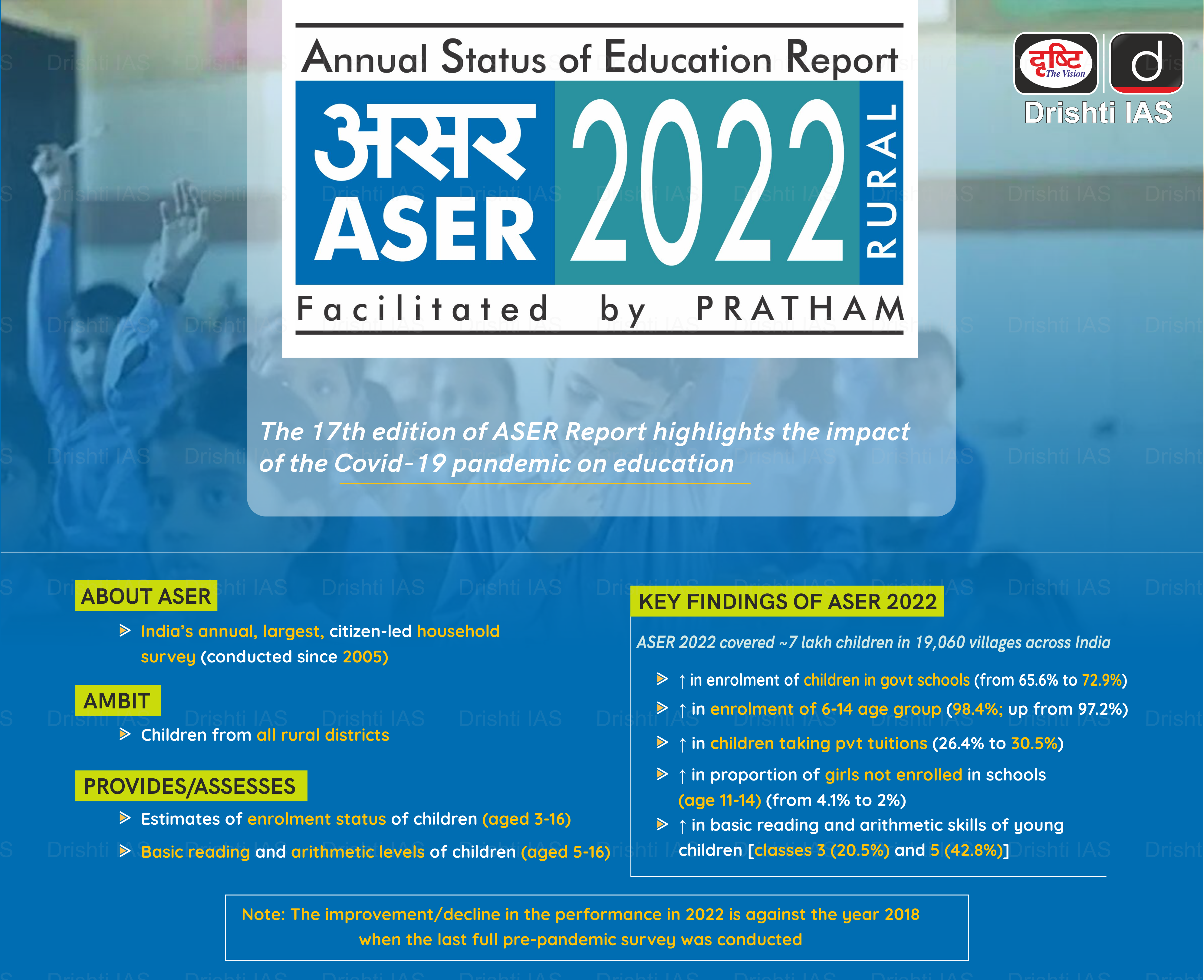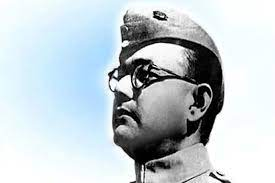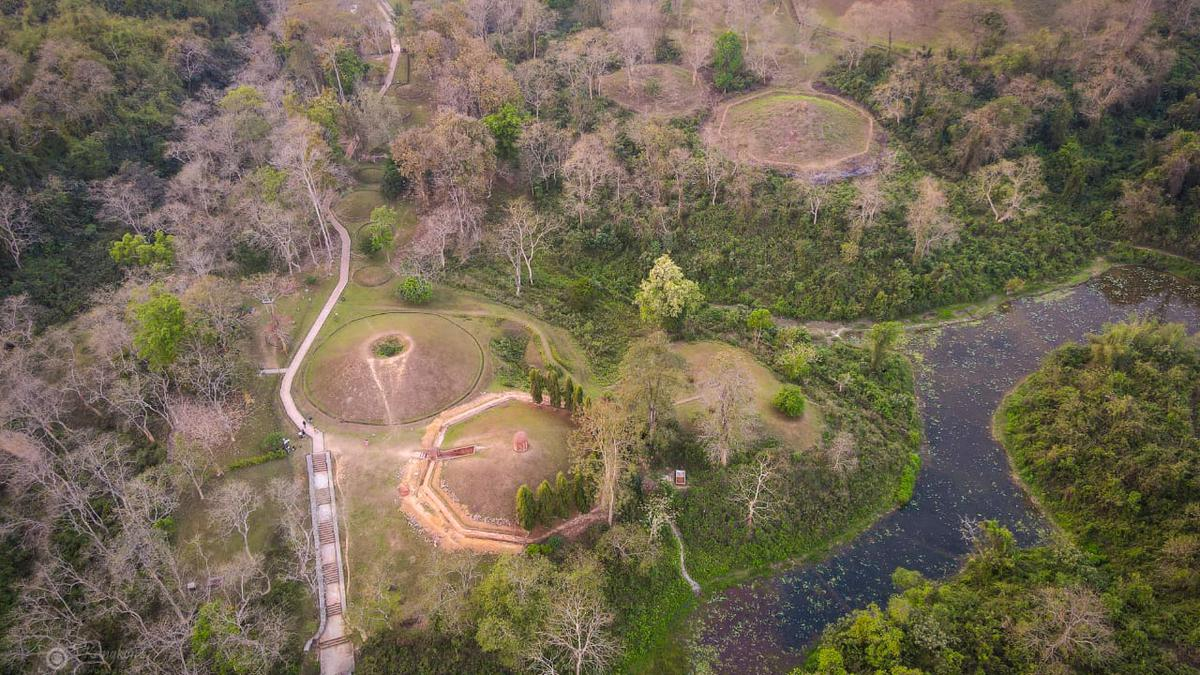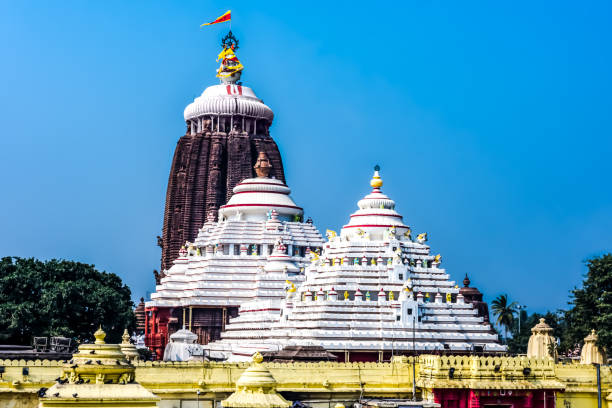Infographics
Governance
Disclosure of Journalistic Sources
For Prelims: Law Commission of India, Article 19, Press Council of India (PCI)
For Mains: Legal Protection for Disclosure of Journalistic Sources, Status of Press Freedom in India.
Why in News?
Recently, while rejecting a closure report filed by the Central Bureau of Investigation (CBI), a Delhi court stated that there is no statutory exemption in India to journalists from disclosing their sources to investigating agencies.
What is the Legal Protection for Disclosure of Journalistic Sources?
- In India:
- In India, there is no specific legislation that protects journalists from being asked to disclose their sources.
- However, Article 19 of the Constitution guarantees the right to freedom of speech and expression to all citizens.
- Investigative agencies can issue notices to anyone, including journalists, to provide information.
- Like any citizen, a journalist can be compelled to give evidence in Court. If she does not comply, the journalist can face charges of Contempt of Court.
- In India, there is no specific legislation that protects journalists from being asked to disclose their sources.
- Globally:
- United Kingdom: The Contempt of Courts Act 1981 creates a presumption in favour of journalists who want to protect the identity of their sources. However, that right is subject to certain conditions in the “interest of justice”.
- An attempt to force a journalist to reveal his source for a news story violated his freedom of speech and expression guaranteed under the European Convention on Human Rights.
- United States: Although the First Amendment guarantees free speech in the United States specifically mentions the press, the Supreme Court has held that journalists do not have the right to refuse to testify in a federal grand jury proceeding and disclose sources.
- However, several states in the US have shield laws that protect the rights of journalists to varying degrees.
- Sweden: The Freedom of the Press Act in Sweden is a broad protection of the rights of journalists and even extends to state and municipal employees who might share information with journalists freely. A journalist who reveals his or her source without consent may be prosecuted at the behest of the source.
- United Kingdom: The Contempt of Courts Act 1981 creates a presumption in favour of journalists who want to protect the identity of their sources. However, that right is subject to certain conditions in the “interest of justice”.
What are the Constitutional Provisions Related to Press Freedom in India?
- Fundamental Right Under Article 19: The Indian Constitution guarantees freedom of speech and expression under Article 19, which deals with ‘Protection of certain rights regarding freedom of speech, etc.
- Implicit Right: Freedom of the press is not expressly protected by the Indian legal system but it is impliedly protected under article 19(1) (a) of the constitution.
- However, Freedom of the press is also not absolute.
- A law could impose only those restrictions on the exercise of this right, it faces certain restrictions under article 19(2), which is as follows:
- Sovereignty and integrity of India,
- Security of the State,
- Friendly relations with foreign States,
- Public order, decency or morality or in
- Contempt of court,
- Defamation
- Incitement to an offence.
What’re some of the Legal Opinions on this Issue?
- While the Supreme Court broadly recognises the freedom of the press, including the right of journalists to ensure the protection of their sources, various courts have ruled differently on this issue.
- During the investigation of Pegasus spyware, the Supreme Court in 2021 stated that one of the fundamental conditions for the media to exercise its right to freedom of speech and expression under Article 19 is the protection of ‘journalistic sources.
- The protection of journalistic sources is one of the basic conditions for the freedom of the press. Without such protection, sources may be prevented from assisting the press in informing the public on matters of public interest.
- Under the Press Council of India (PCI) Act, 1978, the Press Council has the powers of a civil court to deal with complaints when a newspaper has offended the standards of journalistic ethics or when an editor or working journalist has committed any professional misconduct.
- However, the Council cannot force a newspaper, news agency, journalist, or editor to reveal their sources during the proceedings.
- In Romesh Thappar v. State of Madras case, 1950 the Supreme Court observed that freedom of the press lay at the foundation of all democratic organisations.
What is the Press Council of India?
- About:
- It was first set up in 1966 under the Indian Press Council Act, 1965, on the recommendations of the first Press Commission, with the two-fold objective of preserving the freedom of the press by maintaining and improving the standards of newspapers and news agencies in India
- As a quasi-judicial autonomous authority, it was re-established in the year 1979 under an Act of Parliament, Press Council Act, 1978.
- The Press Council of India is the only body to exercise authority even over the instruments of the State in its duty to safeguard the independence of the press.
- Structure:
- The Council is a body corporate having perpetual succession consisting of a Chairman and 28 members.
- The Chairman is selected by the Speaker of the Lok Sabha, the Chairman of the Rajya Sabha and a member elected amongst themselves by the 28 members of the Council.
- The Council is a body corporate having perpetual succession consisting of a Chairman and 28 members.
What are the Recommendations?
- The Law Commission of India in its 93rd Report, 1983 recommended recognising journalistic privilege by amending the Indian Evidence Act, 1872. The report suggested the insertion of a new provision:
- No court shall require a person to disclose the sources of information contained in a publication for which he is responsible, where such information has been obtained by him on the express agreement or implied understanding that the source will be kept confidential.

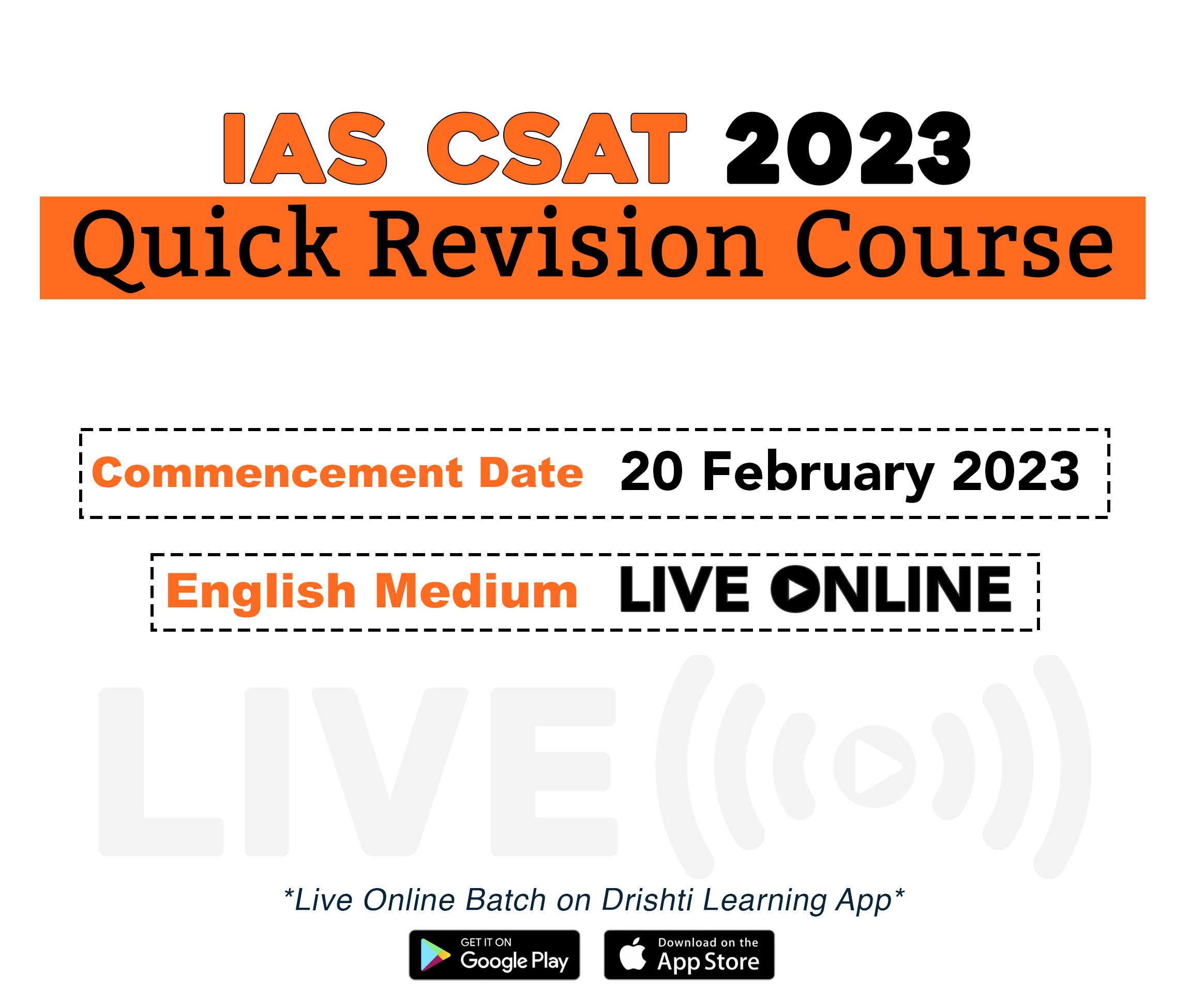
Governance
Women Get Command Roles in The Indian Army
For Prelims: Gender Equality, Indian Army, Inclusivity.
For Mains: Significance of roles of women in the army as per society and national security is concern.
Why in News?
Recently, in a significant development the Indian Army cleared the 108 women officers eligible to command units and troops in their respective arms and services for the first time.
- This would be a major step forward in terms of gender equality.
- This decision will also encourage more women to join the Indian Army and will help to promote diversity and inclusivity within the organization.
What did the Supreme Court Order in 2020?
- In 2019, the Army changed its rules allowing Short Service Commission (SSC) officers women officers to opt for permanent commission who would have otherwise retired after 14 years of service.
- However, this was not retrospective, and applied only to the batches of women officers starting their career in the Army in 2020.
- With the landmark Supreme Court judgment of 2020, permanent commission was granted to women officers with retrospective effect.
- This opened the doors for their further growth and promotions in the Army, which has been of late opening leadership and higher management courses for women.
Why did their Colonel Promotions Come so Late?
- An officer in the Army is promoted to the rank of Colonel only after serving between 16 and 18 years, based on certain criteria such as annual confidential reports and various courses.
- Women officers who were inducted into the Army were inducted as SSC officers in 1992 and in the years after did not have the choice to opt for permanent commission.
- JAG and Army Education Corps were exceptions, where a permanent commission was opened for them in 2008.
- For other arms and services, women could not become permanent cadres, and had to retire much before they completed the service period that is mandatory to become a Colonel.
What Does Commanding a Unit Mean?
- Once promoted to the rank of Colonel, an officer is eligible to command troops dire
- The position of Colonel is considered a coveted appointment because it is a high-ranking position within the military, but it also allows the officer to interact directly with troops on the ground.
- This interaction allows the Colonel to have a more hands-on approach to leadership and decision making, which is a unique opportunity not found in higher-ranking positions like Brigadier or Major General.
What are the different Army Domains where Women are not Allowed to Work?
- Women are still not eligible in core combat arms such as Infantry, Mechanized Infantry and Armored Corps as Army is not open to women fighting wars at the borders as foot soldiers. Much of this resistance stems from past instances of male soldiers being taken as prisoners of war and tortured by the enemy.
- However, the Army has recently decided to open the Corps of Artillery, a combat support arm, to women.
What About the Indian Navy and the Indian Air Force (IAF)?
- Women officers have been inducted into all branches of the Navy, and they will be eligible for permanent commission in the future.
- Women officers can command shore-based units and, as they join the service and become eligible for permanent commission, they would be able to command ships and air squadrons.
- The IAF has opened all branches for women officers, including the fighter stream and the new weapon systems branch.
- As they are granted permanent commission based on eligibility and vacancies, they will be eligible to command units in the future.
Which Other Armies Allow Women to hold Command Positions?
- All major countries, including the United States, United Kingdom, Russia, and Israel, allow women to hold command positions within their national armed forces. This includes positions such as officers and non-commissioned officers, as well as roles in combat units and special forces.
Way Forward
- The Indian Army should provide training and support for women who are in command roles, to ensure that they are able to lead effectively.
- The Indian Army should also actively encourage and recruit more women to join the military, so that there is a larger pool of qualified women who can hold command roles.
- The Indian Army should work to change the culture of the military to be more inclusive of women and to address any biases that may exist.
- The Indian Army should also work to provide better facilities and support for women soldiers like child care, maternity leave and other needs that are specific to women.
UPSC Civil Services Examination, Previous Year Questions (PYQs)
Q. “Though women in post-Independent India have excelled in various fields, the social attitude towards women and feminist movement has been patriarchal.” Apart from women education and women empowerment schemes, what interventions can help change this milieu? (2021)

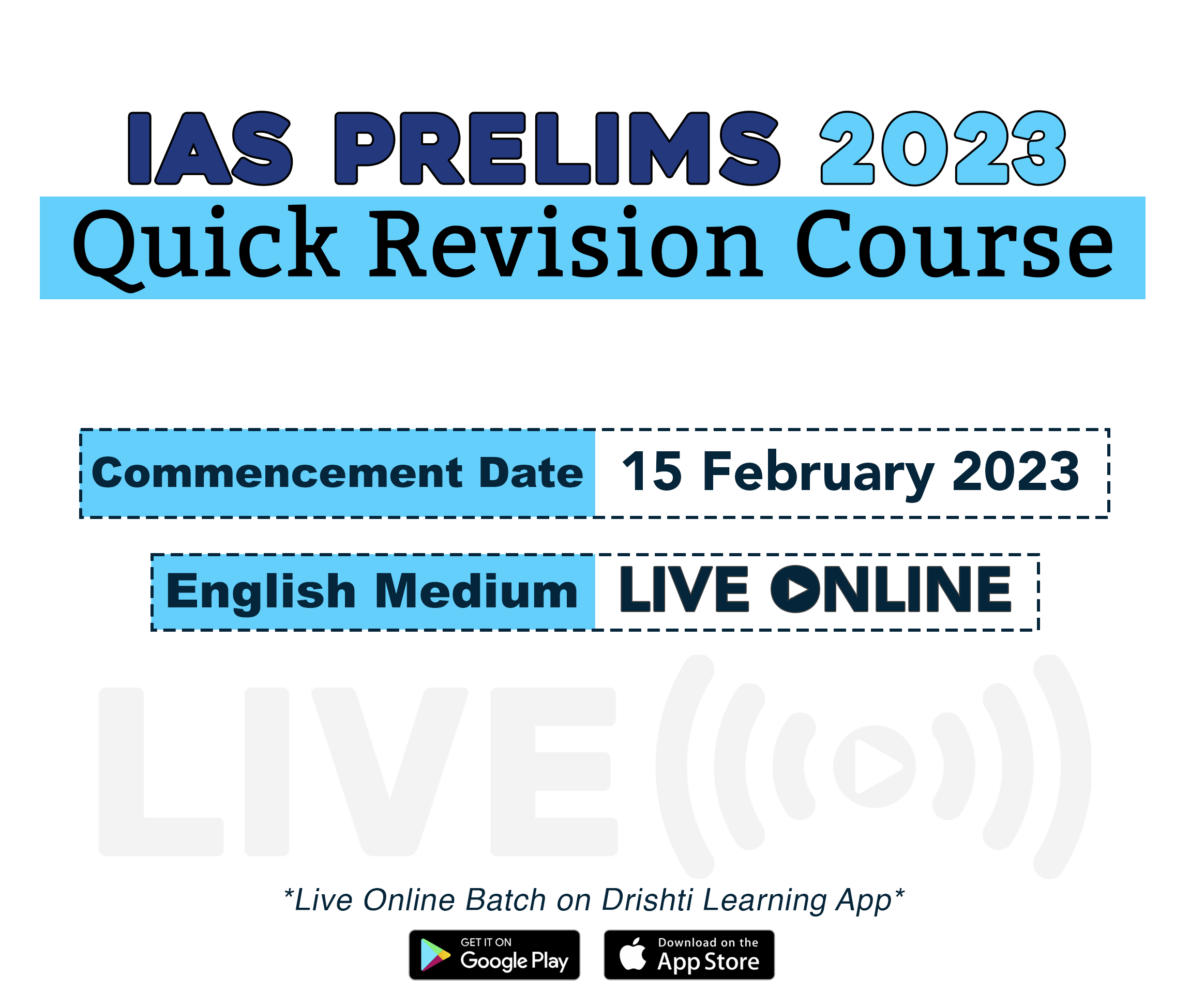
Social Justice
Measles and Rubella
Prelims: WHO, Congenital Rubella Syndrome, Mission Indradhanush, Measles-Rubella Vaccination.
Mains: Measles and Rubella, Issues Related to Children, Government Policies & Interventions.
Why in News?
India had set a target to eliminate Measles and Rubella (MR) by 2023, having missed the earlier deadline of 2020, due to a variety of reasons, exacerbated by disruptions due to the pandemic.
- In 2019, India adopted the goal of measles and rubella elimination by 2023, anticipating that the 2020 goal could not be reached.
What are Measles and Rubella?
- Measles:
- It is a highly contagious viral disease and is a cause of death among young children globally.
- It is caused by a single-stranded, enveloped RNA virus with 1 serotype. It is classified as a member of the genus Morbillivirus in the Paramyxoviridae family.
- It is particularly dangerous for children from the economically weaker background, as it attacks malnourished children and those with reduced immunity.
- It can cause serious complications, including blindness, encephalitis, severe diarrhoea, ear infection and pneumonia.
- Rubella:
- It is also called German Measles.
- Rubella is a contagious, generally mild viral infection that occurs most often in children and young adults.
- It is caused by the rubella virus which is an enveloped single-stranded RNA virus.
- Rubella infection in pregnant women may cause death or congenital defects known as Congenital Rubella Syndrome (CRS) which causes irreversible birth defects.
- Rubella isn't the same as measles, but the two illnesses share some signs and symptoms, such as the red rash.
- Rubella is caused by a different virus than measles, and rubella isn't as infectious or as severe as measles.
What is the Global and Indian Scenario of Measles and Rubella?
- The measles virus is one of the world’s most contagious human viruses that kills more than 1,00,000 children every year globally, and rubella is a leading vaccine-preventable cause of birth defects, according to the World Health Organization (WHO).
- Over the past two decades, the measles vaccine is estimated to have averted more than 30 million deaths globally, as per the WHO’s statistics.
- During 2010–2013, India conducted a phased measles catch-up immunisation for children aged 9 months–10 years in 14 States, vaccinating approximately 119 million children.
- Mission Indradhanush was launched in 2014 to ramp up vaccinating the unvaccinated population.
- During 2017–2021, India adopted a national strategic plan for measles and rubella elimination.
- During the same period, the Government introduced rubella-containing vaccine (RCV) into the routine immunisation programme.
- As of December 2021, five countries have been verified and have sustained measles elimination - Bhutan, DPR Korea, Maldives, Sri Lanka, Timor-Leste. In addition, Maldives and Sri Lanka have sustained their rubella elimination status in 2021.
What are Measures to Curb MR?
- Measles-Rubella Vaccination: The MR campaign targets around 41 crore children across the country, the largest ever in any campaign.
- All children aged between 9 months and less than 15 years are given a single shot of MR vaccination irrespective of their previous measles/rubella vaccination status or measles/rubella disease status.
- Other Initiatives include Universal Immunization Programme (UIP), Mission Indradhanush and Intensified Mission Indradhanush.
- The vaccines for the diseases are provided in the form of measles-rubella (MR), measles-mumps-rubella (MMR) or measles-mumps-rubella-varicella (MMRV) combination.
UPSC Civil Services Examination, Previous Year Questions (PYQs)
Q1. Consider the following statements:
- Adenoviruses have single-stranded DNA genomes whereas retroviruses have double-stranded DNA genomes.
- Common cold is sometimes caused by an adenovirus whereas AIDS is caused by a retrovirus.
Which of the statements given above is/are correct?
(a) 1 only
(b) 2 only
(c) Both 1 and 2
(d) Neither 1 nor 2
Ans: (b)
- Viruses are infectious particles that have the ability to infect both eukaryotic and prokaryotic hosts. They are host specific and mostly pathogenic, and thus considered as the common causative agents of many diseases. Viruses that infect human hosts can be categorized as adenoviruses and retroviruses.
- Adenovirus is a type of virus that has no envelope whereas retroviruses are characterized as enveloped viruses. Adenoviruses have double-stranded linear DNA and are associated with two major core proteins.
- A retrovirus is a virus that uses RNA as its genetic material. When a retrovirus infects a cell, it makes a DNA copy of its genome that is inserted into the DNA of the host cell. Hence, statement 1 is not correct.
- Adenoviruses are common viruses that cause a range of illnesses. They can cause cold-like symptoms, fever, sore throat, bronchitis, pneumonia, diarrhoea, and pink eye (conjunctivitis). Whereas, retroviruses can cause several human diseases such as some forms of cancer and AIDS. Hence, statement 2 is correct.
- Therefore, option (b) is the correct answer.
Q2. ‘Mission Indradhanush’ launched by the Government of India pertains to (2016)
(a) immunization of children and pregnant women
(b) construction of smart cities across the country
(c) India’s own search for the Earth-like planets in outer space
(d) New Educational Policy
Ans: (a)

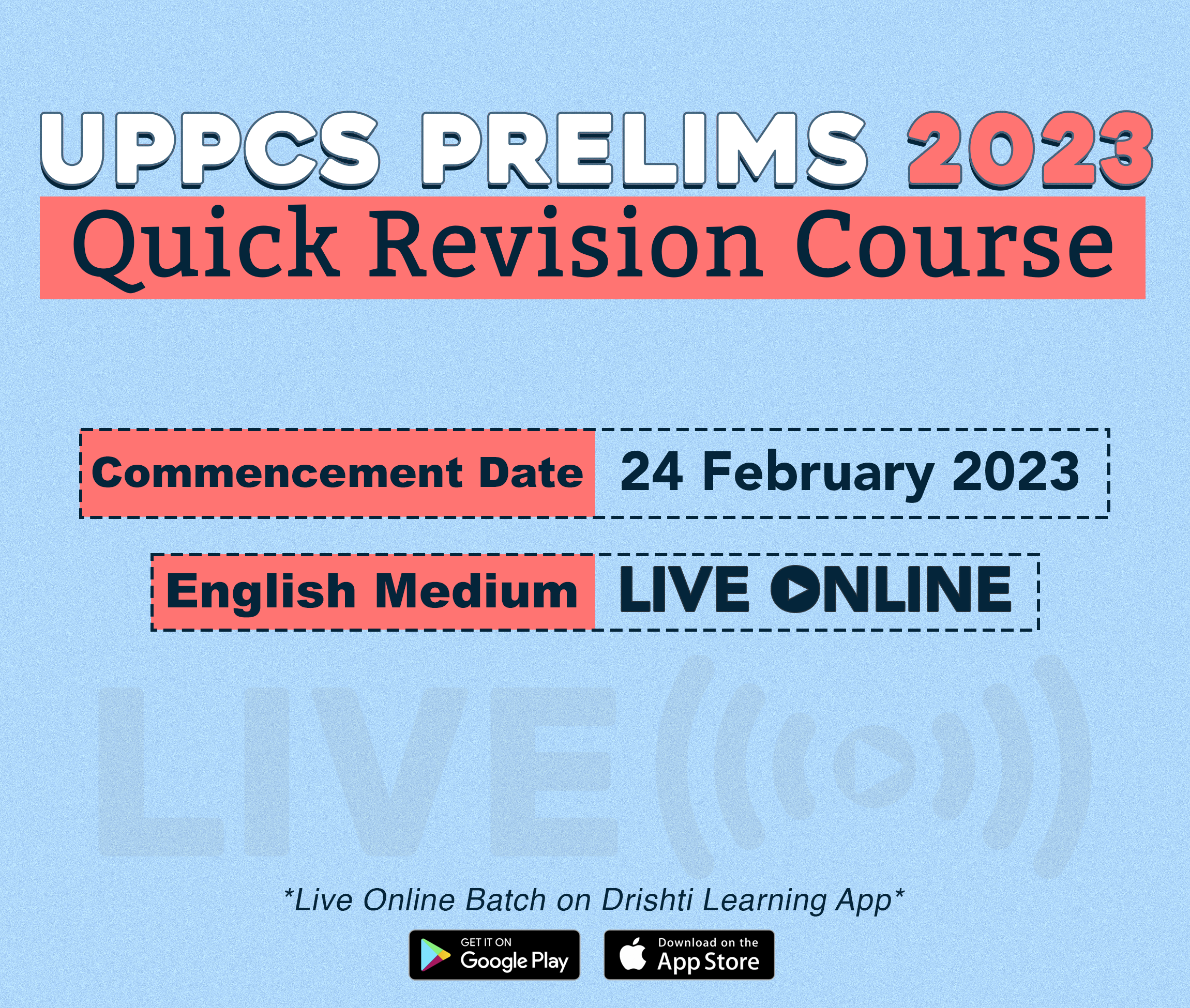
Science & Technology
WHO Report on Global Trans Fat Elimination
For Prelims: World Health Organization (WHO), Trans fats, Bad Cholesterol (LDL), Eat Right Movement, Heart Attack Rewind, Diabetes, Food Safety and Standards Authority of India (FSSAI), REPLACE.
For Mains: Impacts of Trans Fat, Challenges in Eliminating Trans Fat, Initiatives to Eliminate Trans Fat.
Why in News?
A new report from the World Health Organization (WHO) has found that 5 billion people globally remain unprotected from harmful trans fats, increasing their risk of heart disease and death.
- WHO first called for the global elimination of industrially produced trans fats in 2018, with an elimination target set for 2023.
What are the Major Highlights of the Report?
- According to WHO, the consumption of trans fats, which can be found in packaged foods, baked goods, cooking oils and spreads, is responsible for up to half a million premature deaths from heart disease every year.
- 43 countries have now implemented best-practice policies for tackling trans-fat in food, with 2.8 billion people protected globally. Many countries in America and Europe have phased the substance out with bans on partially hydrogenated oils.
- However, no low-income countries have yet adopted such measures.
- Currently, 9 of the 16 countries with the highest estimated proportion of coronary heart disease deaths caused by trans-fat intake do not have a best-practice policy.
- They are Australia, Azerbaijan, Bhutan, Ecuador, Egypt, Iran (Islamic Republic of), Nepal, Pakistan and Republic of Korea.
- Best-practices in trans-fat elimination policies follow specific criteria established by WHO and limit industrially produced trans-fat in all settings. There are two best-practice policy alternatives:
- mandatory national limit of 2 grams of industrially produced trans-fat per 100 grams of total fat in all foods;
- mandatory national ban on the production or use of partially hydrogenated oils as an ingredient in all foods.
What are Trans Fats?
- About:
- Trans fat, or trans-fatty acids, are unsaturated fatty acids that come from either natural or industrial sources.
- Naturally-occurring trans-fat come from ruminants (cows and sheep).
- Industrially-produced trans-fat is formed in an industrial process that adds hydrogen to vegetable oil converting the liquid into a solid, resulting in “partially hydrogenated” oil (PHO).
- Impacts:
- Trans fats have been linked to an increased risk of heart disease, as they can raise bad cholesterol (LDL) levels in the blood and lower good cholesterol (HDL) levels.
- They can also contribute to the development of other health conditions such as diabetes and obesity.
- Challenges in Eliminating Trans Fat:
- Trans fats are a cheap and easy way to stabilise and extend the shelf life of food products, which is why they are widely used by food manufacturers.
- Many small and medium-sized food manufacturers may not have the resources or technical expertise to reformulate their products to remove trans fats.
- Trans fats are often used in food service and restaurant settings, which can be harder to regulate than retail food products.
- Changing consumer habits and taste preferences can be difficult, as people have become accustomed to the taste and texture of foods that contain trans fats.
- Some countries or regions may have limited infrastructure and resources to monitor and enforce the ban of trans fats.
- Trans fats are a cheap and easy way to stabilise and extend the shelf life of food products, which is why they are widely used by food manufacturers.
- Initiatives to Eliminate Trans Fat:
- India:
- Eat Right Movement: Launched in 2018, the programme is built on two broad pillars of ‘Eat Healthy’ and ‘Eat Safe’.
- Swachh Bharat Yatra: A Pan-India cyclothon, was launched under the movement to educate citizens on issues of food safety, combating food adulteration and healthy diets.
- Heart Attack Rewind: It is a 30-second public service announcement which was broadcasted in 17 languages on social media platforms.
- The objective of the campaign was to warn citizens about the health hazards of consuming trans fats and offer strategies to avoid them through healthier alternatives.
- The Food Safety and Standards Authority of India (FSSAI) has stated that all food items should contain less than 2% of trans fat from Jan 2022.
- Global:
- WHO released REPLACE, a step-by-step guide for the elimination of industrially-produced trans-fatty acids from the global food supply.
- REPLACE provides six strategic actions to ensure the prompt, complete, and sustained elimination of industrially-produced trans fats from the food supply:
- REview dietary sources of industrially-produced trans fats and the landscape for required policy change.
- Promote the replacement of industrially-produced trans fats with healthier fats and oils.
- Legislate or enact regulatory actions to eliminate industrially-produced trans fats.
- Assess and monitor trans fats content in the food supply and changes in trans-fat consumption in the population.
- Create awareness of the negative health impact of trans fats among policymakers, producers, suppliers, and the public.
- Enforce compliance of policies and regulations.
- REPLACE provides six strategic actions to ensure the prompt, complete, and sustained elimination of industrially-produced trans fats from the food supply:
- WHO released REPLACE, a step-by-step guide for the elimination of industrially-produced trans-fatty acids from the global food supply.
- India:
Way Forward
- Education and Awareness: Raising awareness among the public and food industry about the dangers of trans fats and the importance of reducing their consumption can help encourage change.
- Monitoring and Enforcement: Governments can establish monitoring and enforcement systems to ensure that food manufacturers are in compliance with regulations and labelling requirements.
- Research and Development: Investing in research and development of new technologies and ingredients that can replace trans fats in food products.
UPSC Civil Services Examination, Previous Year Question(PYQ)
Q. A company marketing food products advertises that its items do not contain trans-fats. What does this campaign signify to the customers? (2011)
- The food products are not made out of hydrogenated oils.
- The food products are not made out of animal fats/ oils.
- The oils used are not likely to damage the cardiovascular health of the consumers.
Which of the statements given above is/are correct?
(a) 1 only
(b) 2 and 3 only
(c) 1 and 3 only
(d) 1, 2 and 3
Ans: (c)

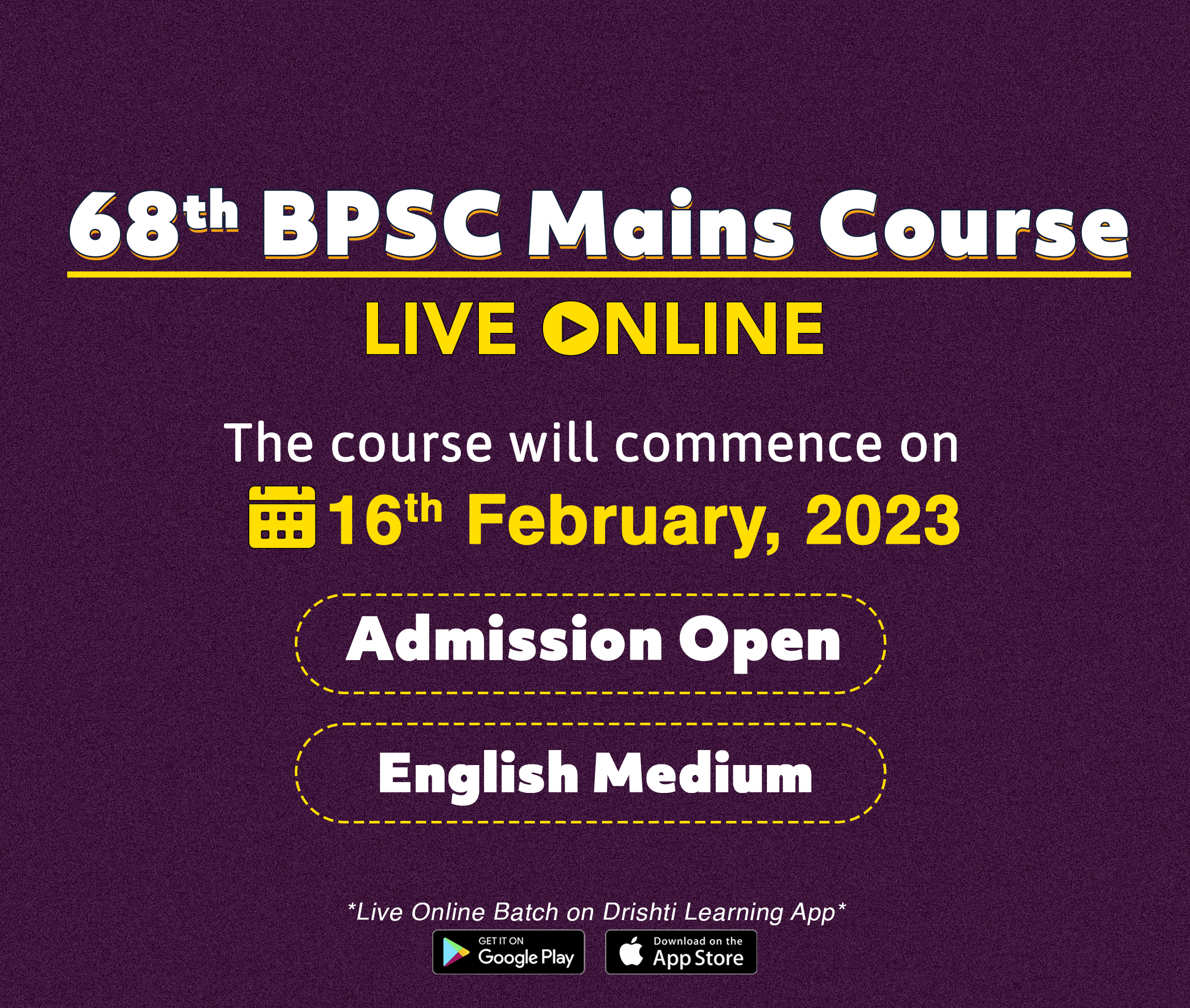
Indian History
Parakram Diwas 2023
Prelims: Andaman and Nicobar, Param Veer Chakra, Subhash Chandra Bose, Netaji, Indian Freedom Movement.
Mains: Netaji Subhas Chandra Bose and his contribution to freedom struggle.
Why in News?
On the Occasion of Parakram Diwas (23rd January) 2023, 21 unnamed islands of Andaman and Nicobar have been named after Param Veer Chakra awardees.
- Netaji’s Memorial, a National Memorial dedicated to Netaji will be built on Netaji Subhas Chandra Bose Dweep.
- Parakram Diwas is celebrated to commemorate the 126th birth anniversary of freedom fighter Subhas Chandra Bose.
What is the Purpose of Naming Islands?
- The islands named after Param Vir Chakra awardees will be the site of inspiration for generations to come. People are now visiting Andamans to learn India’s history.
- Param Vir Chakra is India’s highest military decoration awarded for displaying distinguished acts of valour during wartime whether on land, at sea or in the air.
- It aims to pay tribute to Indian heroes, several of whom had made the ultimate sacrifice to protect the sovereignty and integrity of India.
- The islands have been named after Major Somnath Sharma, Subedar and Hony Captain (then Lance Naik) Karam Singh, Nayak Jadunath Singh, etc.
Note: Besides renaming Ross Islands Netaji Subhash Chandra Bose Dweep in 2018, Neil Island and Havelock Island were also renamed Shaheed Dweep and Swaraj Dweep respectively.
Who was Subhash Chandra Bose?
- Birth:
- Subhas Chandra Bose was born on 23rd January 1897, in Cuttack, Orissa Division, Bengal Province, to Prabhavati Dutt Bose and Janakinath Bose.
- About:
- In 1919, he had cleared the Indian Civil Services (ICS) examination. Bose, however, resigned later.
- He was highly influenced by Vivekananda's teachings and considered him as his spiritual Guru.
- His political mentor was Chittaranjan Das.
- Association with Congress:
- He stood for unqualified swaraj (independence), and opposed the Motilal Nehru Report which spoke for dominion status for India.
- He actively participated in the Salt Satyagraha of 1930 and vehemently opposed the suspension of Civil Disobedience Movement and signing of the Gandhi-Irwin Pact in 1931.
- In the 1930s, he was closely associated with left politics in Congress along with Jawaharlal Nehru and M.N. Roy.
- Bose won the congress presidential elections at Haripura in 1938.
- Again in 1939 at Tripuri, he won the presidential elections against Gandhi's candidate Pattabhi Sitarammayya. Due to ideological differences with Gandhi, Bose resigned and left congress. Rajendra Prasad was appointed in his place.
- He founded a new party, 'the Forward Bloc'. The purpose was to consolidate the political left and major support base in his home state Bengal.
- Indian National Army:
- He reached Japanese-controlled Singapore from Germany in July 1943, issued from there his famous call, ‘Delhi Chalo’, and announced the formation of the Azad Hind Government and the Indian National Army on 21st October 1943.
- The INA was first formed under Mohan Singh and Japanese Major Iwaichi Fujiwara and comprised Indian prisoners of war of the British-Indian Army captured by Japan in the Malayan (present-day Malaysia) campaign and at Singapore.
- The INA included both the Indian prisoners of war from Singapore and Indian civilians in South-East Asia. Its strength grew to 50,000.
- The INA fought allied forces in 1944 inside the borders of India in Imphal and in Burma.
- In November 1945, a British move to put the INA men on trial immediately sparked massive demonstrations all over the country.
UPSC Civil Services Examination, Previous Year Question (PYQ)
Q1. In the context of Colonial India, Shah Nawaz Khan, Prem Kumar Sehgal and Gurbaksh Singh Dhillon are remembered as (2021)
(a) leaders of Swadeshi and Boycott Movement
(b) members of the Interim Government in 1946
(c) members of the Drafting Committee in the Constituent Assembly
(d) officers of the Indian National Army
Ans: (d)
- Prem Kumar Sehgal, Shah Nawaz Khan and Gurbaksh Singh Dhillon were the second-tier commanders of the Indian National Army (INA). They underwent court-martial procedure by the British at Red Fort in 1945 and were sentenced to death. However, following the widespread protests and unrest in India, they had to be released.
- Therefore, option (d) is the correct answer.
Q2. During the Indian Freedom Struggle, who of the following raised an army called ‘Free Indian Legion’? (2008)
(a) Lala Hardayal
(b) Rashbehari Bose
(c) Subhas Chandra Bose
(d) V.D. Savarkar
Ans: (c)
- The Free Indian Legion was an infantry regiment formed by Indian volunteers. The legion was made up of Indian prisoners of wars and expatriates in Europe.
- The Indian Independence leader, Netaji Subhash Chandra Bose formed this legion with the help of German Government to fight against the British.
- The legion is also known as “Tiger Legion“.
- Therefore, option (c) is the correct answer.

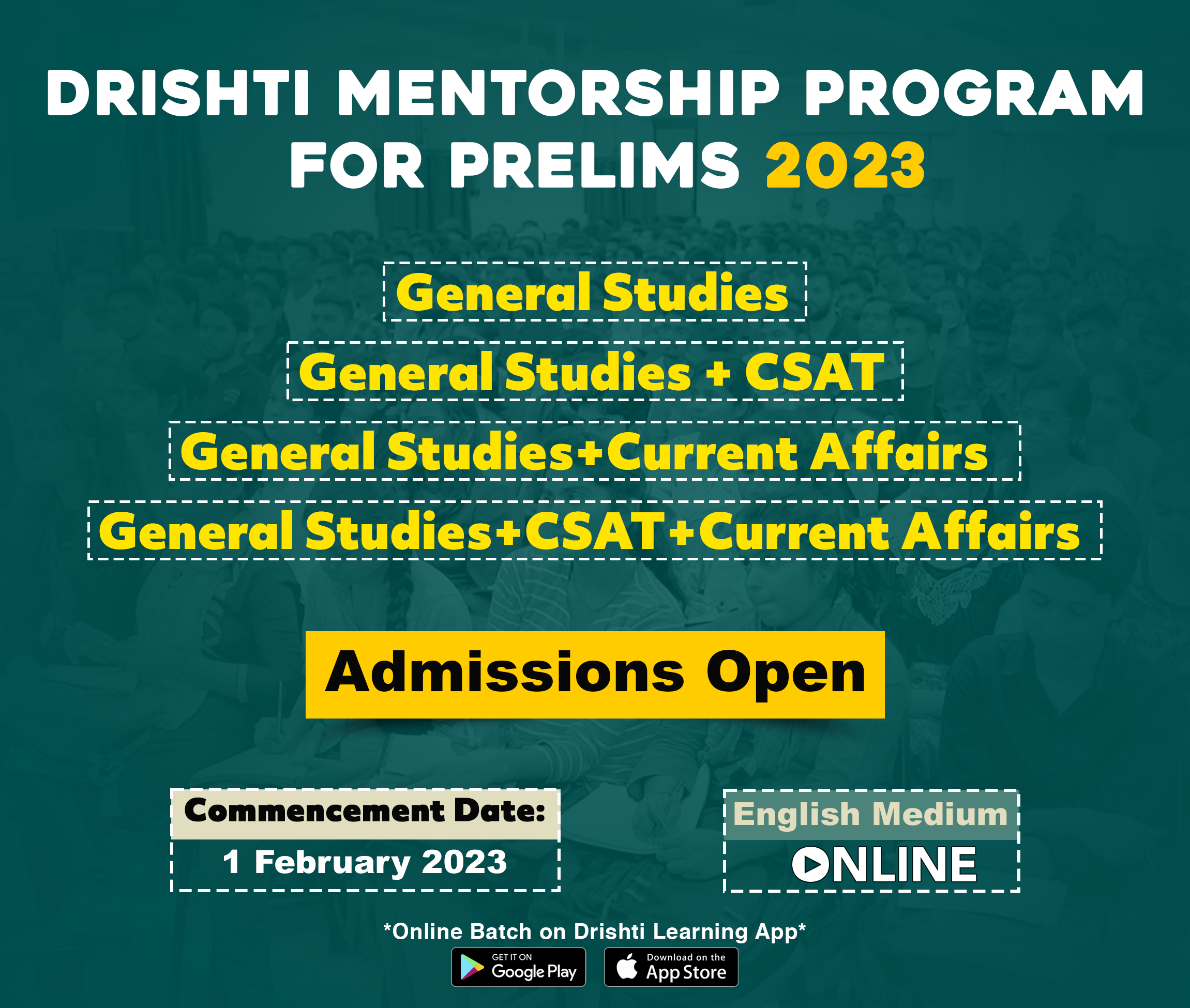
Important Facts For Prelims
Assam’s Charaideo Moidams
Why in News?
The Centre has decided to nominate the Charaideo Maidams in Assam for the UNESCO World Heritage Centre this year.
- There is currently no World Heritage Site in the category of cultural heritage in Northeast India.
- The nomination of the Charaideo Maidams has attained significance at a time when the country is celebrating the 400th birth anniversary of Lachit Borphukan.
What is Charaideo Maidams?
- The Charaideo Maidams, represents the late medieval (13th-19th century CE) mound burial tradition of the Tai Ahom community in Assam.
- It enshrines the mortal remains of the members of the Ahom royalty, who used to be buried with their paraphernalia.
- After the 18th century, the Ahom rulers adopted the Hindu method of cremation and began entombing the cremated bones and ashes in a Maidam at Charaideo.
- Out of 386 Maidams or Moidams explored so far, 90 royal burials at Charaideo are the best preserved, representative of and the most complete examples of mound burial tradition of the Ahoms.
What are the Key Facts About Ahom Kingdom??
- About:
- Established in 1228 in the Brahmaputra valley of Assam, the Ahom kingdom retained its sovereignty for 600 years.
- The kingdom was founded by Chaolung Sukapha, a 13th century ruler.
- The Ahoms ruled the land till the province was annexed to British India in 1826 with the signing of the Treaty of Yandaboo.
- Political Setup:
- Ahoms created a new state by suppressing the older political system of the bhuiyans (landlords).
- The Ahom state depended upon forced labour. Those forced to work for the state were called paiks.
- Society:
- Ahom society was divided into clans or khels. A khel often controlled several villages.
- Ahoms worshipped their own tribal gods, yet they accepted the Hindu religion and the Assamese language.
- However, the Ahom kings did not completely give up their traditional beliefs after adopting Hinduism.
- Military Strategy:
- The full contingent of the Ahom Army consisted of infantry, navy, artillery, elephantry, cavalry and spies.
- The main war weapons consisted of bows and arrows, swords, Javelins discus, guns, match-locks and cannons.
- The Ahom soldiers were experts in guerilla fighting. They also learnt the technique of constructing boat bridges in the Brahmaputra.
- The full contingent of the Ahom Army consisted of infantry, navy, artillery, elephantry, cavalry and spies.
Who was Lachit Borphukan?
- Born on 24th November, 1622, Borphukan was known for his leadership in the Battle of Saraighat, 1671 in which an attempt by Mughal forces to capture Assam was thwarted.
- The battle of Saraighat was fought on the banks of the Brahmaputra in Guwahati in 1671.
- It is considered as one of the greatest naval battles on a river which resulted in the victory of Ahoms over the Mughals.
- He was the inspiration behind strengthening India’s naval force and revitalising inland water transport and creating infrastructure associated with it due to his great naval strategies.
- The Lachit Borphukan gold medal is awarded to the best cadet from the National Defence Academy.
- The medal was instituted in 1999 to inspire defence personnel to emulate Borphukan’s heroism and sacrifices.


Important Facts For Prelims
Jagannath Temple
Why in News?
Recently, Odisha Governor Ganeshi Lal has backed the entry of foreign nationals inside the world-famous Jagannath Temple in Puri, wading into a debate that has lasted for decades and periodically triggered controversy.
- Currently, only Hindus are allowed inside the shrine to offer prayers to the deities in the sanctum sanctorum.
- A sign at the Lion’s Gate (main entrance) of the Temple clearly states: “Only Hindus are allowed.”
Why are Non-Hindus not Allowed in Jagannath Temple?
- It has been the practice for centuries even though there is no clearly articulated reason for it.
- Some historians believe that multiple attacks on the Temple by Muslim rulers might have led the servitors to impose restrictions on the entry of non-Hindus.
- Others have said that this was the practice from the time the Temple was built.
- Lord Jagannath is also known as Patitapaban which literally means “saviour of the downtrodden”.
- So, it is believed that, all those who are barred from entering the Temple because of religious reasons get the privilege of a darshan of the Lord in the form of Patitapaban at the Lion’s Gate.
- Example:
- In 1984, servitors of the Temple opposed Indira Gandhi's entry due to her marriage to a non-Hindu.
- In 2005, a Thai princess was only able to view the Temple from the outside as foreigners are not allowed.
- Also in 2006, a Swiss citizen was denied entry due to her Christian faith despite her large donation.
What are the Key Facts about Jagannath Temple?
- The temple is believed to have been constructed in the 12th century by King Anatavarman Chodaganga Deva of the Eastern Ganga Dynasty.
- Jagannath Puri temple is called ‘Yamanika Tirtha’ where, according to the Hindu beliefs, the power of ‘Yama’, the god of death has been nullified in Puri due to the presence of Lord Jagannath.
- This temple was called the “White Pagoda” and is a part of Char Dham pilgrimages (Badrinath, Dwaraka, Puri, Rameswaram).
- The temple is known for its unique architecture, which includes a massive compound wall and a large temple complex with multiple towers, halls, and shrines.
- The temple's main attraction is the Annual Rath Yatra festival, in which the three main deities of the temple, Lord Jagannath, Lord Balabhadra and Devi Subhadra are taken out in a grand procession on a chariot.
- The temple is also known for its unique food offering, the Mahaprasad, which is prepared in the temple kitchen and is distributed among the devotees.
What are the Other Popular Monuments of Odisha?
UPSC Civil Services Examination, Previous Year Questions (PYQs)
Q. The Prime Minister recently inaugurated the new Circuit House near Somnath Temple at Veraval. Which of the following statements are correct regarding Somnath Temple?
- Somnath Temple is one of the Jyotirlinga shrines.
- A description of Somnath Temple was given by Al-Biruni.
- Pran Pratishtha of Somnath Temple (installation of the present day temple) was done by President S. Radhakrishnan.
Select the correct answer using the code given below:
(a) 1 and 2 only
(b) 2 and 3 only
(c) 1 and 3 only
(d) 1, 2 and 3
Ans: (a)
Exp:
- Somnath temple stands at the shore of the Arabian ocean on the western corner of the Indian subcontinent in Gujarat State.
- Shree Somnath is first among the twelve Aadi Jyotirlingas of India. Hence, statement 1 is correct.
- It was mentioned by the Arab traveller Al-Biruni in his travelogue, influenced by which Mahmud Ghaznavi attacked the Somnath temple in 1024 with his five thousand soldiers and looted its property and completely destroyed the temple. Hence, statement 2 is correct.
- The research based on ancient Indian classical texts show that first Somnath Jyotirling Pran-Pratistha was done on the auspicious third day of the brighter half of Shravan month during the tenth Treta yug of Vaivswat Manvantar.
- The modern temple was reconstructed with the resolve of Sardar Patel who visited the ruins of Somnath temple on November 13 1947. Then President of India, Dr. Rajendra Prasad, did the Pran-Pratistha at the existing temple on 11 May 1951. Hence, statement 3 is NOT correct.


Rapid Fire
Rapid Fire Current Affairs
Norovirus
Recently, the Norovirus infection was confirmed in two schoolchildren in Kerala.
Norovirus is a group of viruses that leads to gastrointestinal illness. It causes inflammation of the lining of the stomach and intestines, in addition to severe vomiting and diarrhoea.
According to Health officials, Norovirus outbreaks are rarely serious, but the virus can spread fast if proper precautions are not taken. Contaminated water or food is the usual infective agent. The virus spreads through the faecal-oral route.
Norovirus is resistant to many disinfectants and can heat up to 60°C. Therefore, merely steaming food or chlorinating water does not kill the virus. It can also survive many common hand sanitisers.
While there is no specific treatment available to cure the virus, generic medications for diarrhoea and vomiting can help cure the disease.
Read More - Norovirus
Medical Termination of Pregnancy (Amendment) Act 2021
Recently, Bombay HC allowed a married woman to get her 33-week pregnancy medically terminated citing that the length of the pregnancy does not matter in cases of severe foetal abnormalities.
Under the Medical Termination of Pregnancy (Amendment) Act, 2021, the maximum gestational age at which a woman may obtain a medical abortion in India was raised from 20 weeks to 24 weeks (with the recommendation of two registered medical practitioners). And for beyond 24 weeks of gestational stage, medical termination of pregnancy is allowed if serious foetal abnormalities are found.
Read More - Medical Termination of Pregnancy (Amendment) Act, 2021
Changes in Global Gender Gap Report Criteria
The World Economic Forum (WEF) has agreed to make changes in criteria for Global Gender Gap Reports by taking into account the participation of women at panchayat level to rank countries in its future reports. It will better India’s position at the global level.
The decision comes after India’s Union Women and Child Development Minister led an Indian delegation to Davos Summit held recently and reiterated the “flaws” in the ranking system.
So far, the WEF has 4 major verticals to assess gender gap in a country — (a) economic participation, (b) political participation, (c) health and (d) education levels.
There are 1.4-million women in the Indian panchayat system whose political contribution will now be enumerated in the future reports.
Read More - World Economic Forum (WEF), Global Gender Gap Index 2022
Subhash Chandra Bose Aapda Prabandhan Puraskar 2023
Subhash Chandra Bose Aapda Prabandhan Puraskar (SCBAPP) 2023 was announced on 23 January 2023.
For 2023, Odisha State Disaster Management Authority (OSDMA) and Lunglei Fire Station (LFS), Mizoram, both in the Institutional category, have been selected for their excellent work in Disaster Management.
SCBAPP is conferred annually to recognize and honour the invaluable contribution and selfless service in the field of disaster management. The award carries a cash prize of Rs. 51 lakh and a certificate in case of an institution and Rs. 5 lakh and a certificate in the case of an individual.
Read More - Netaji Subhas Chandra Bose, Disaster Management



